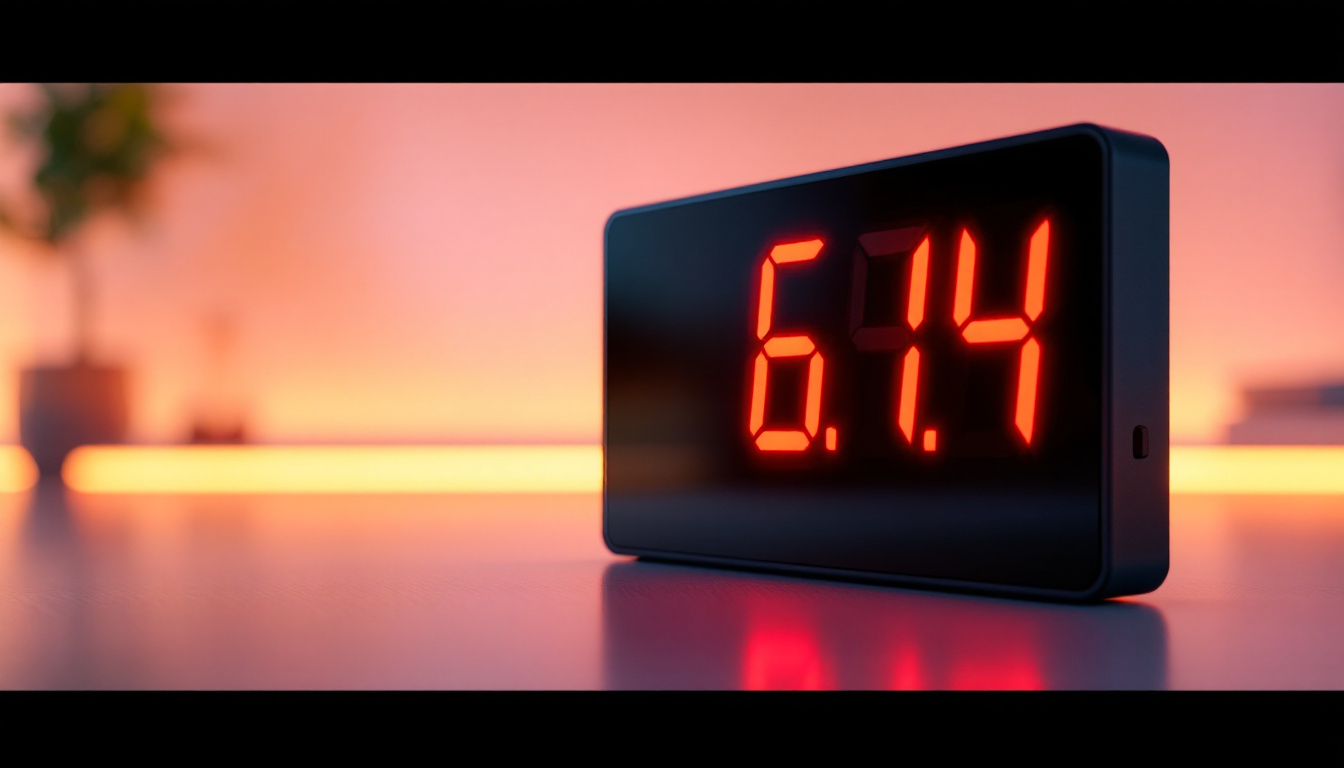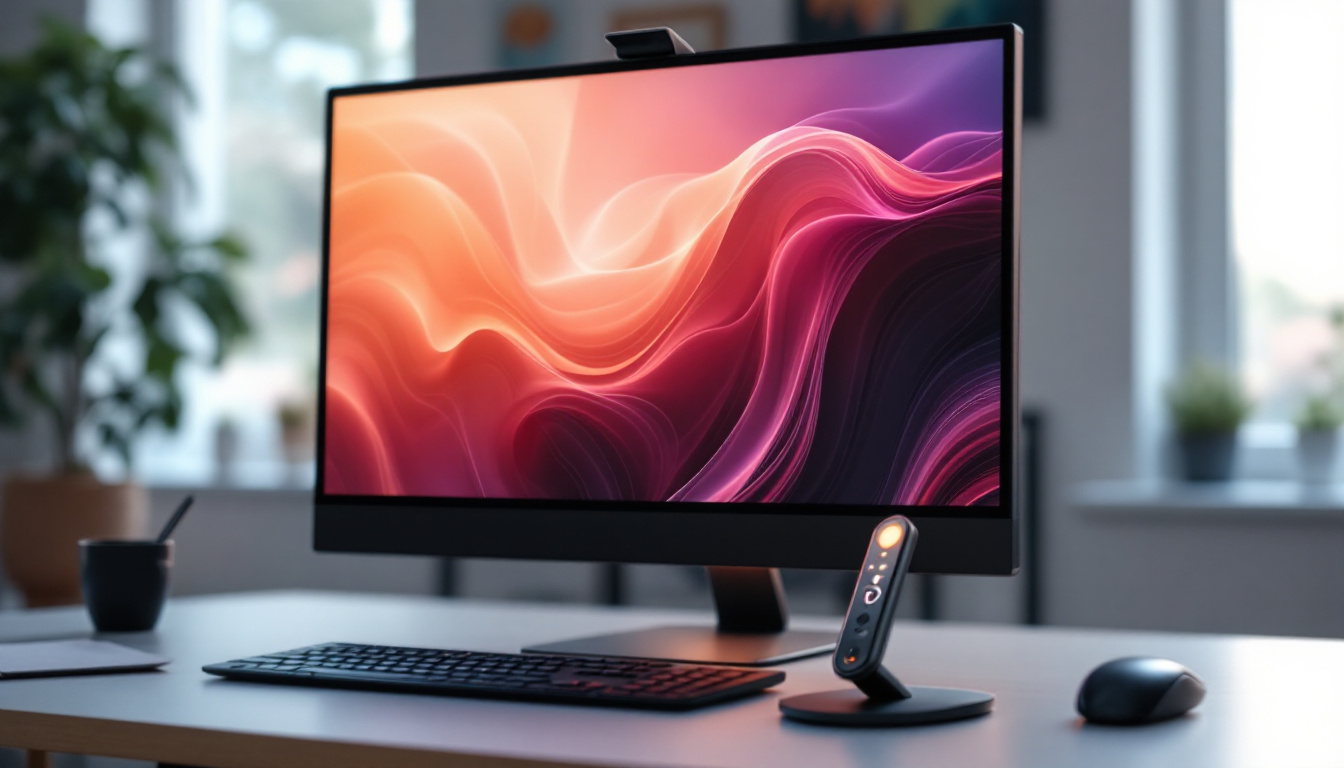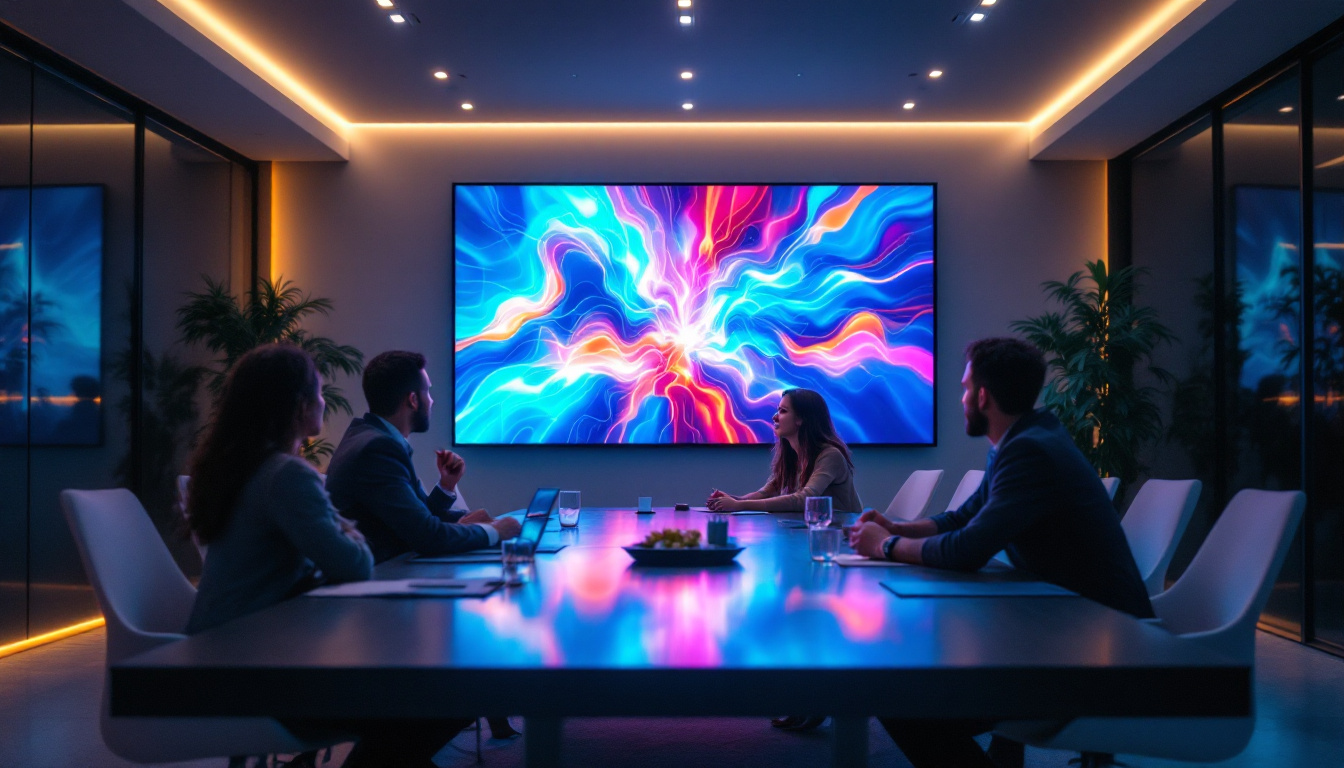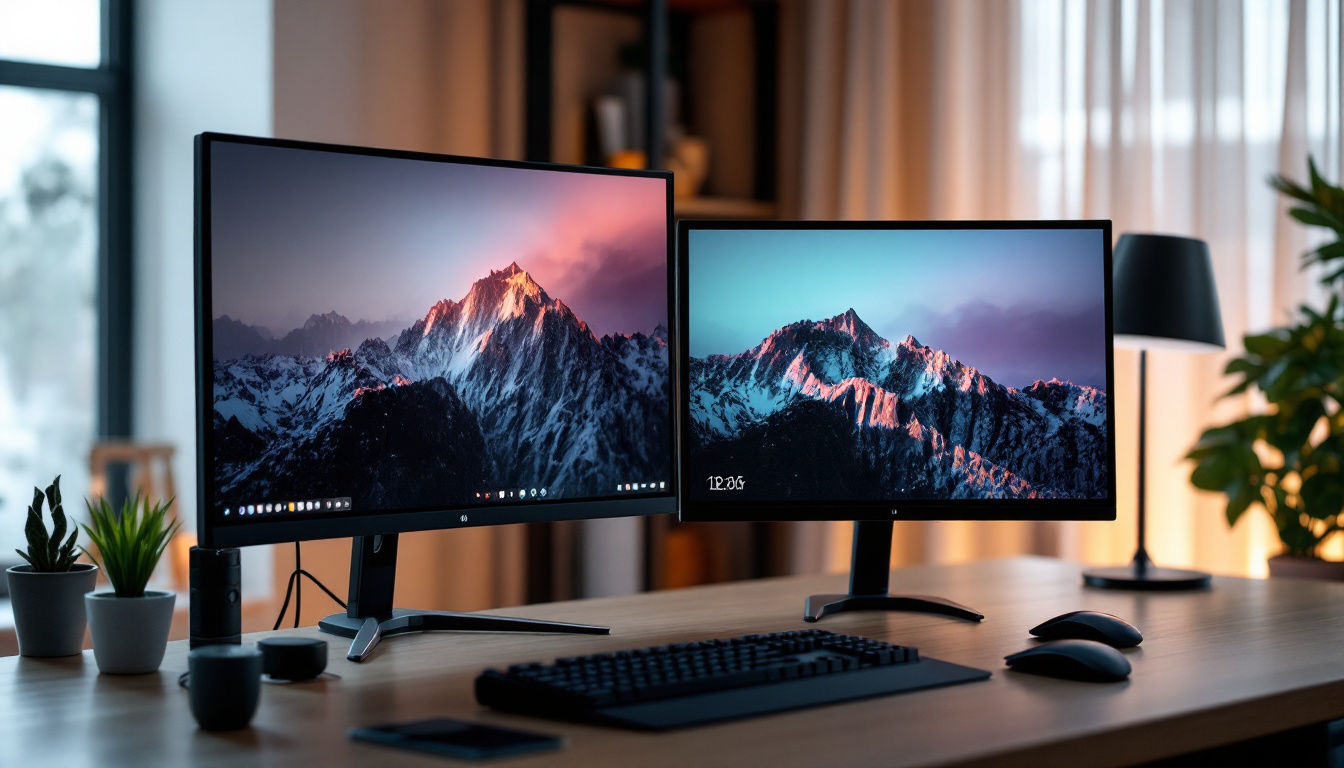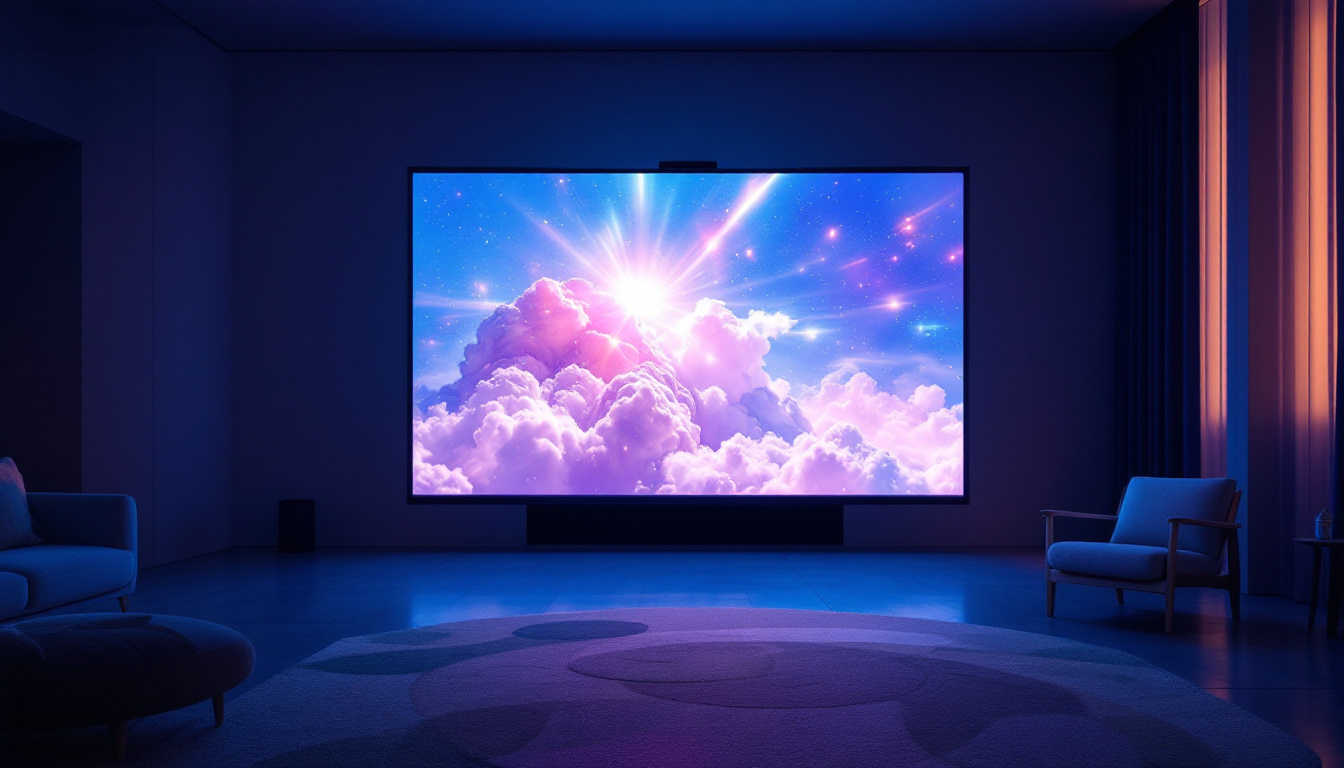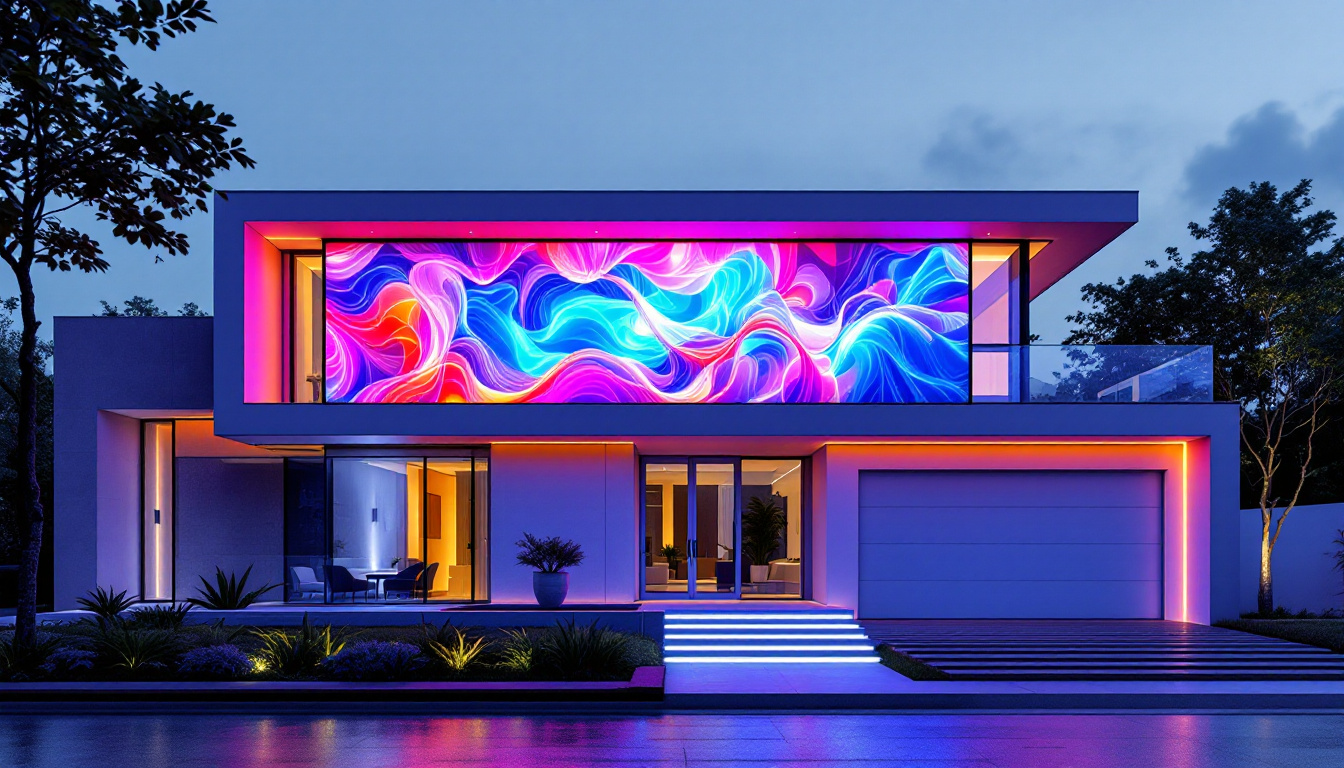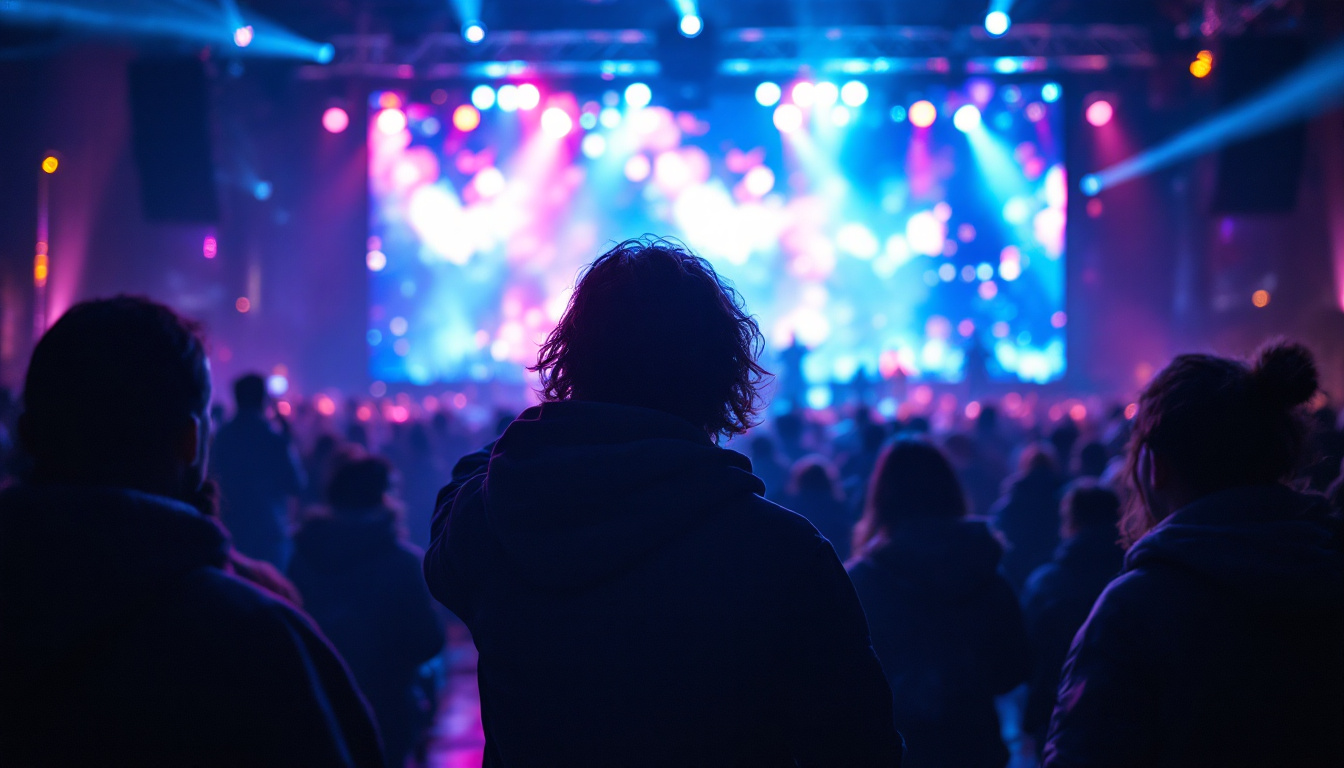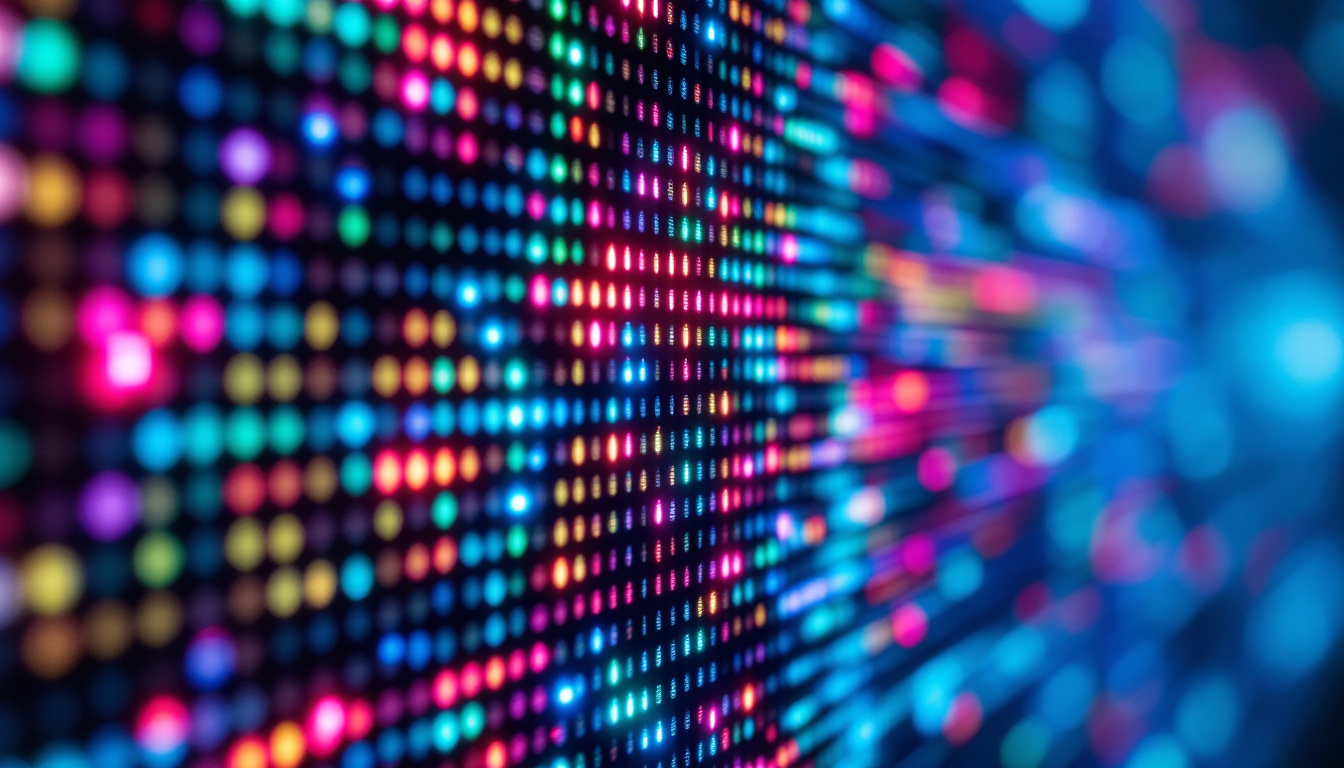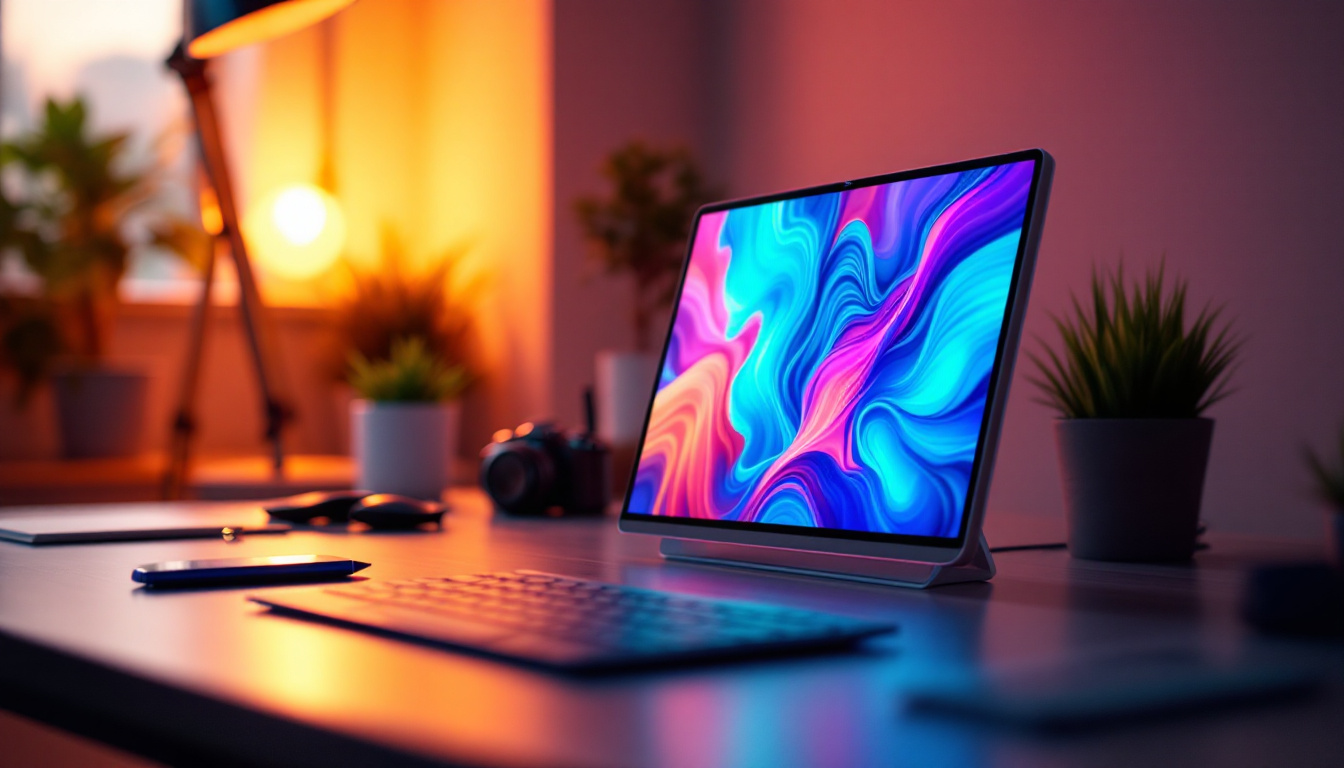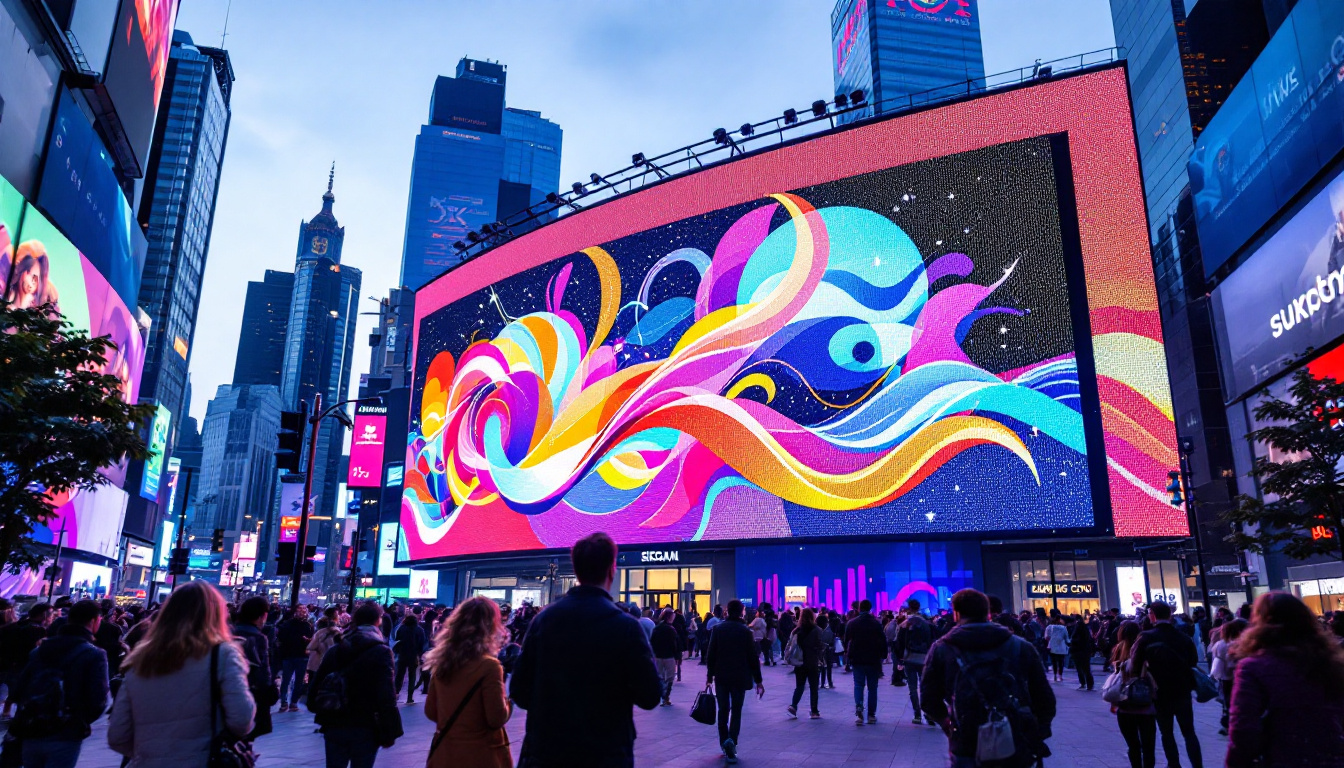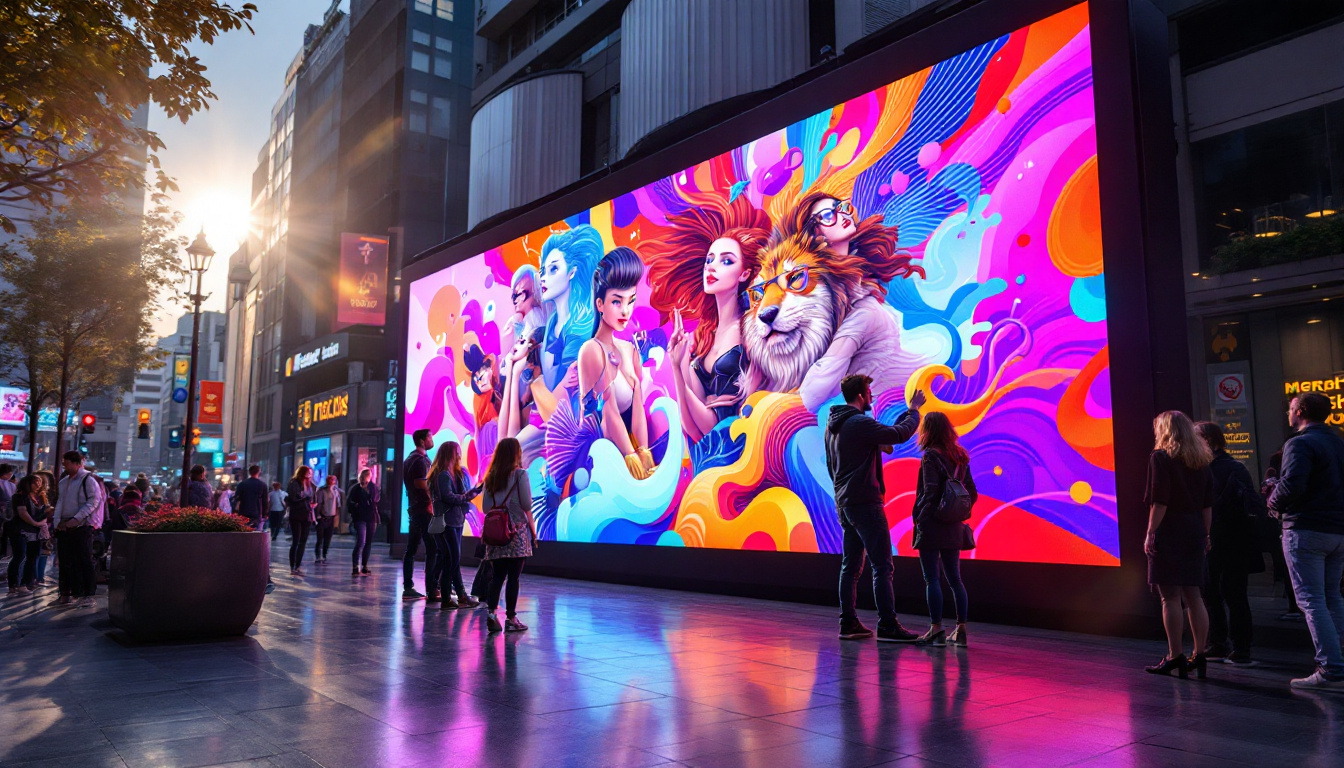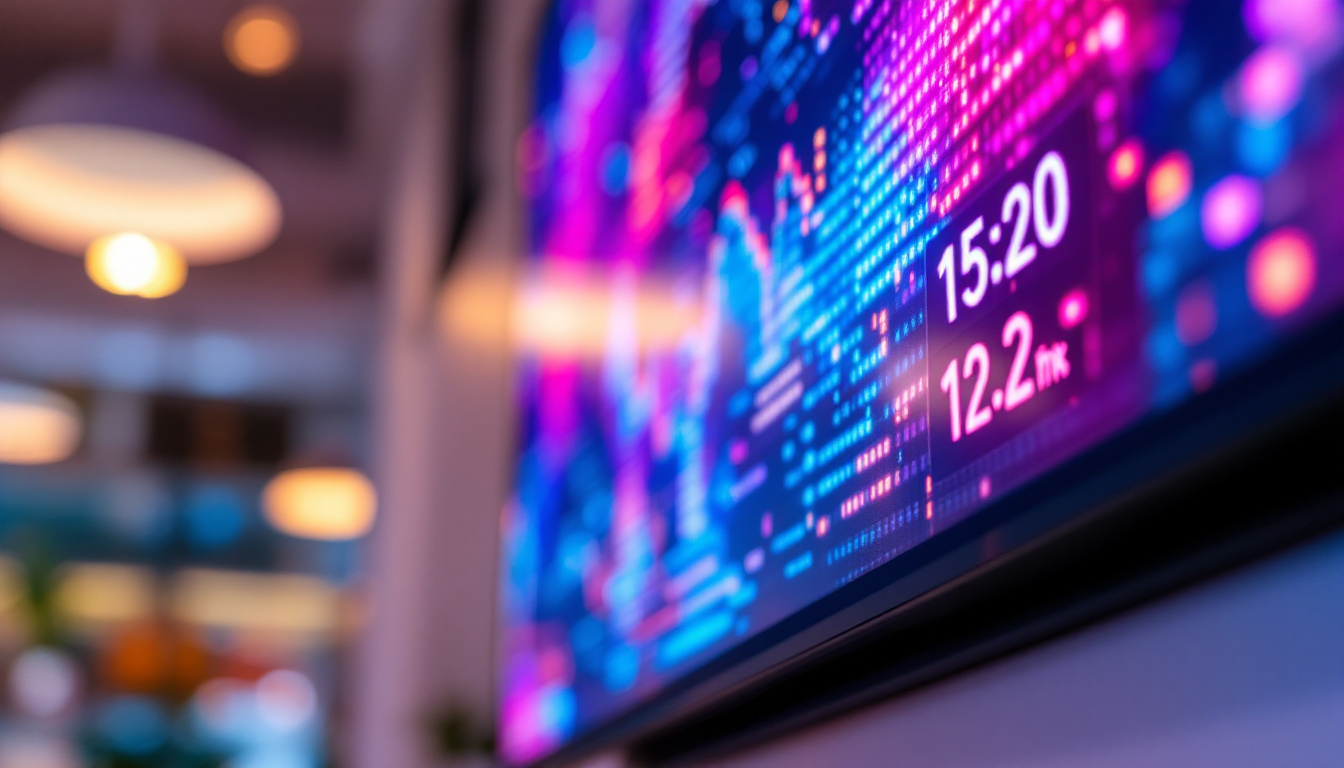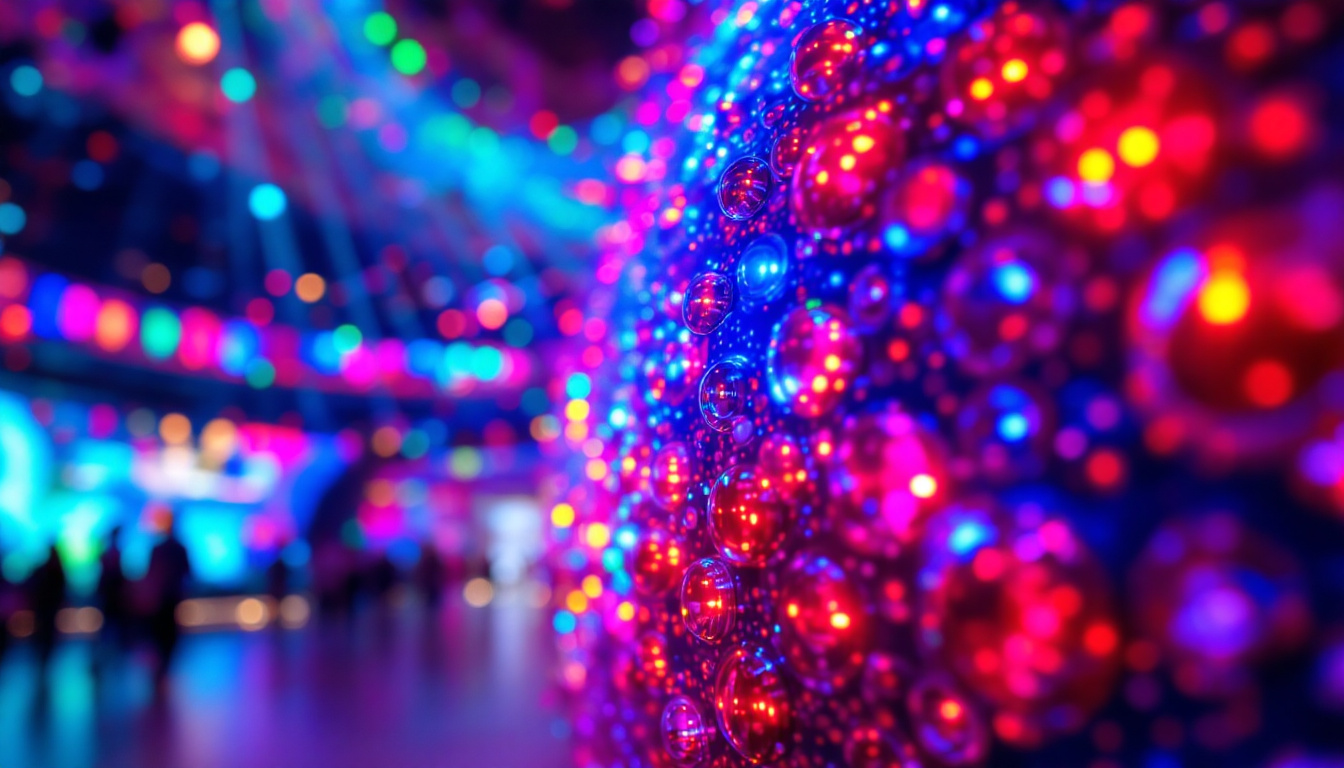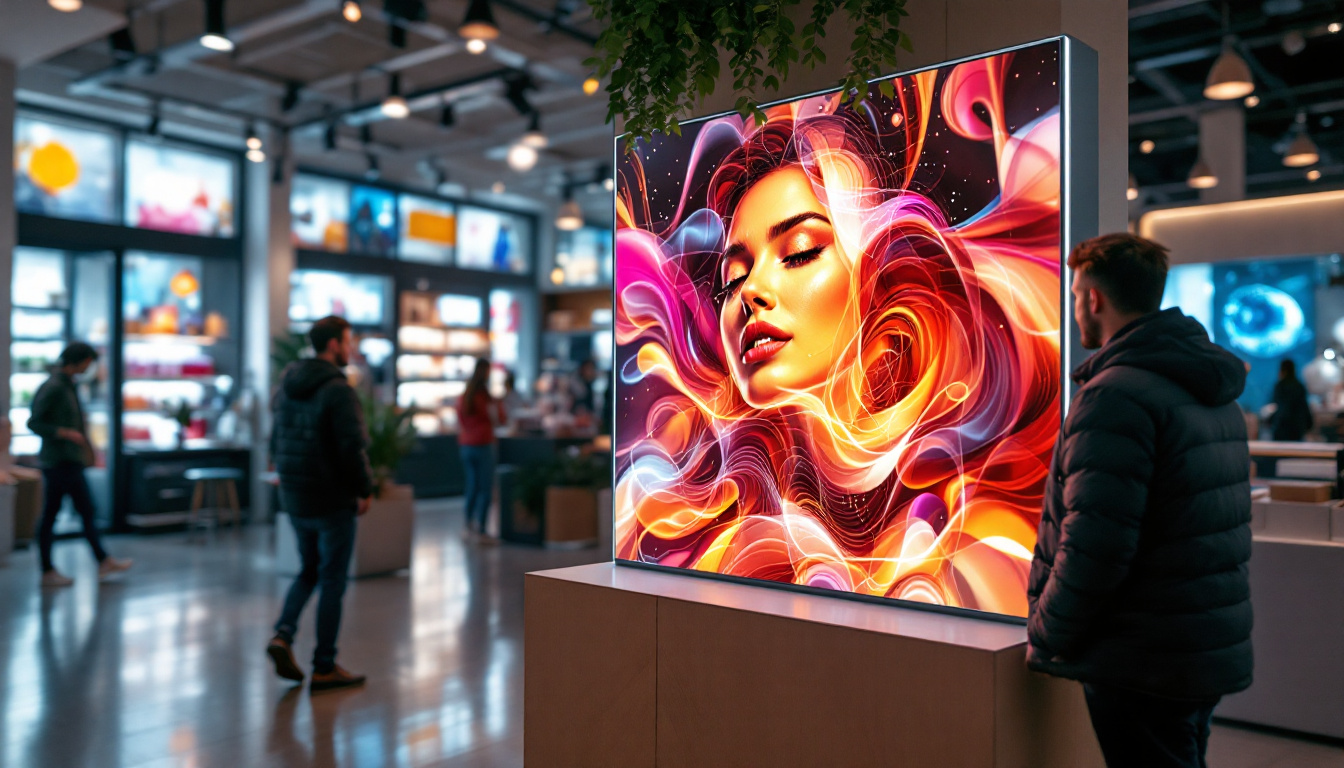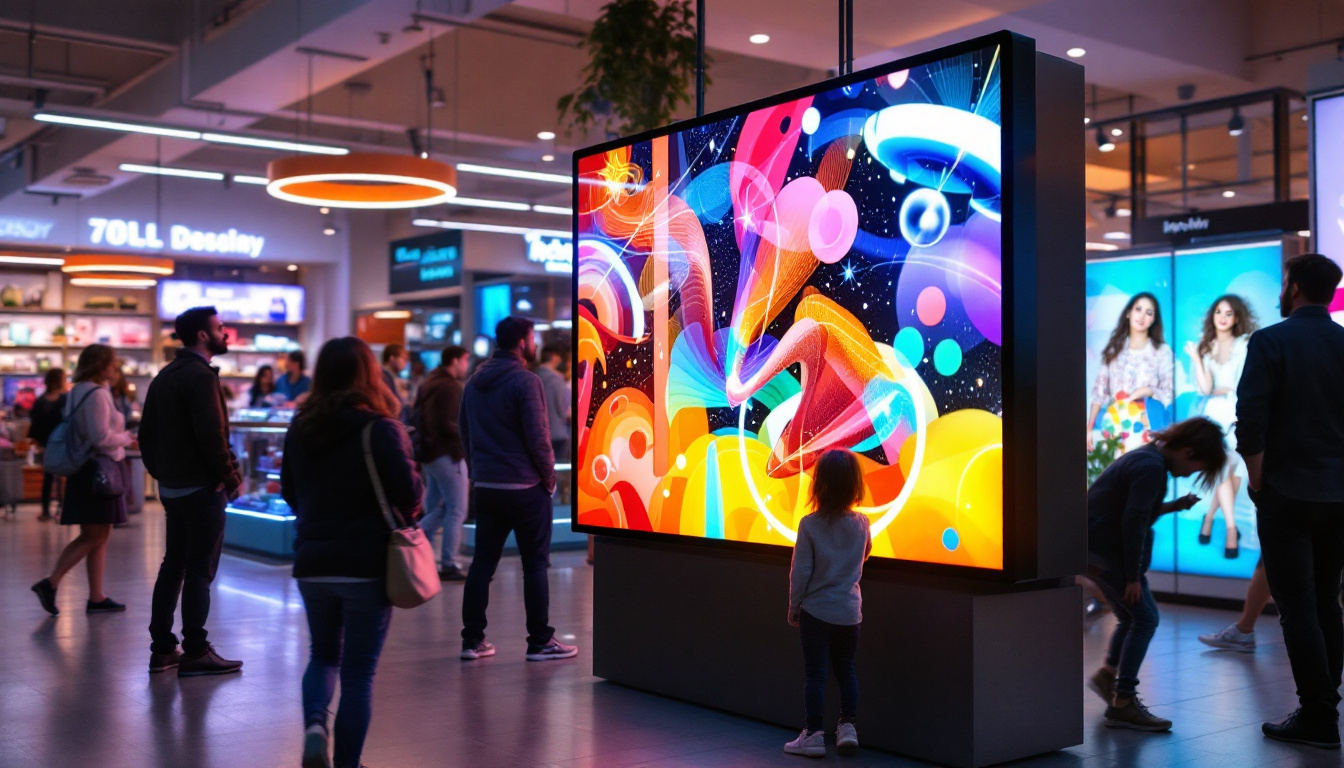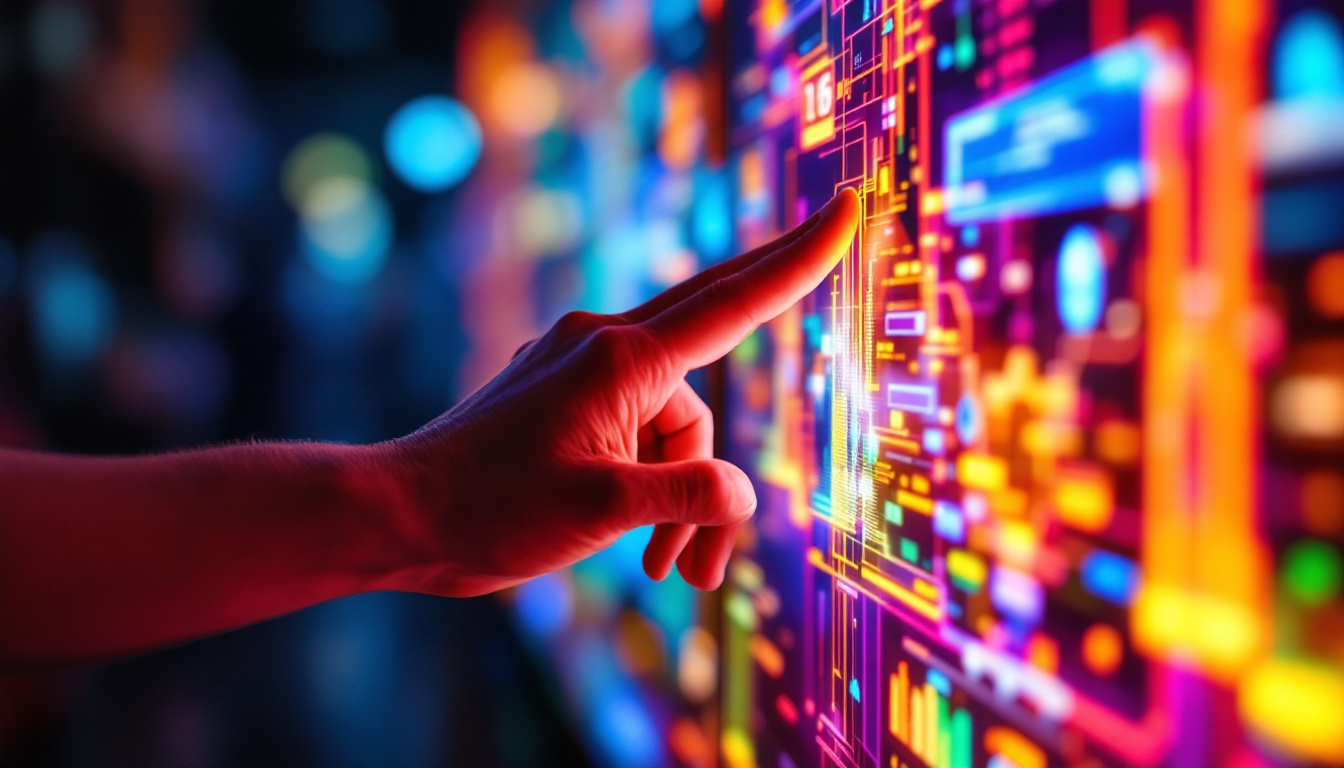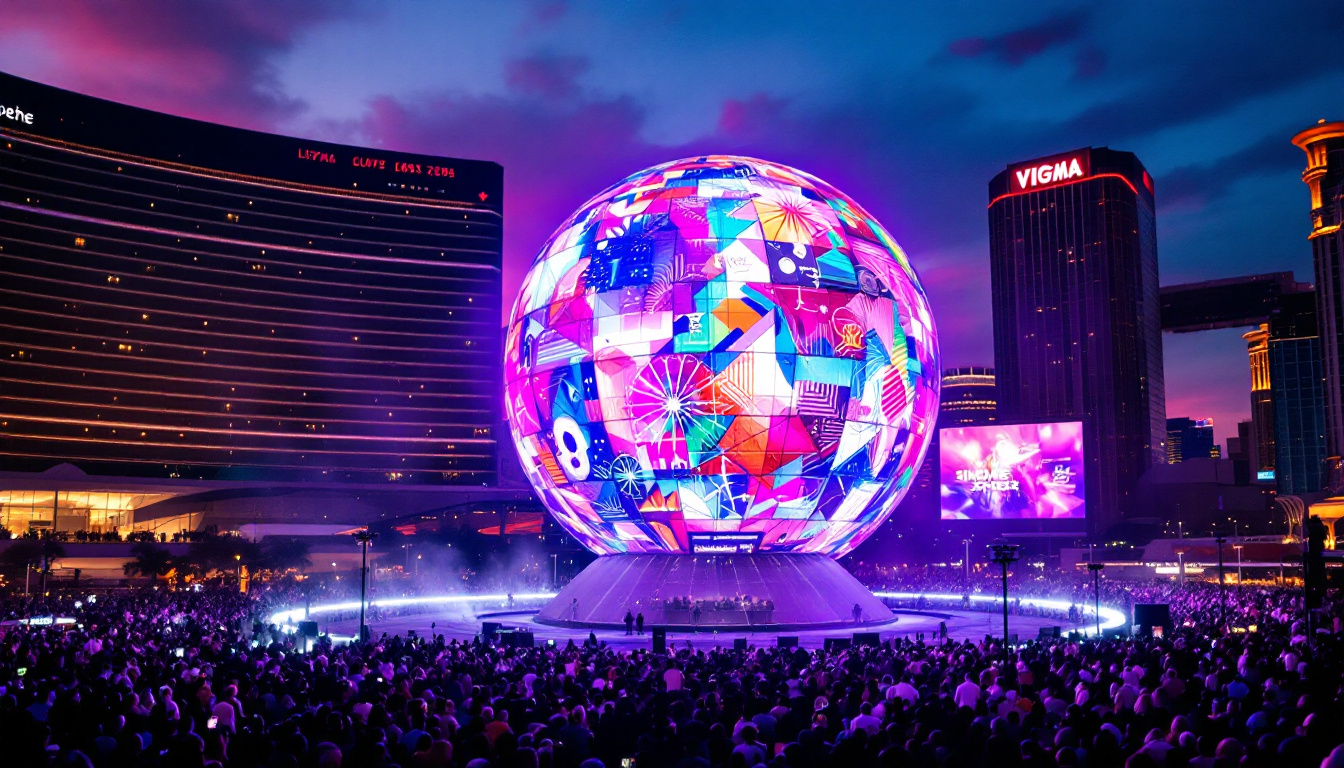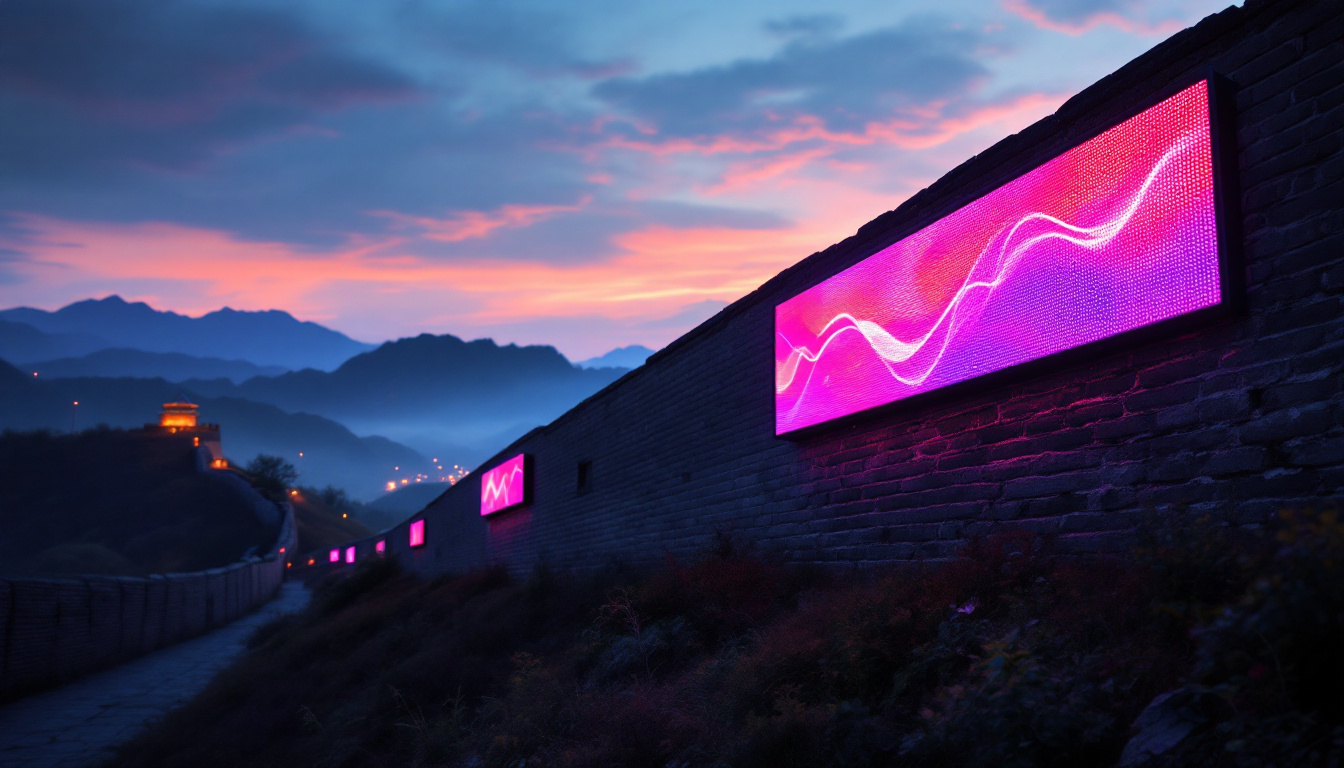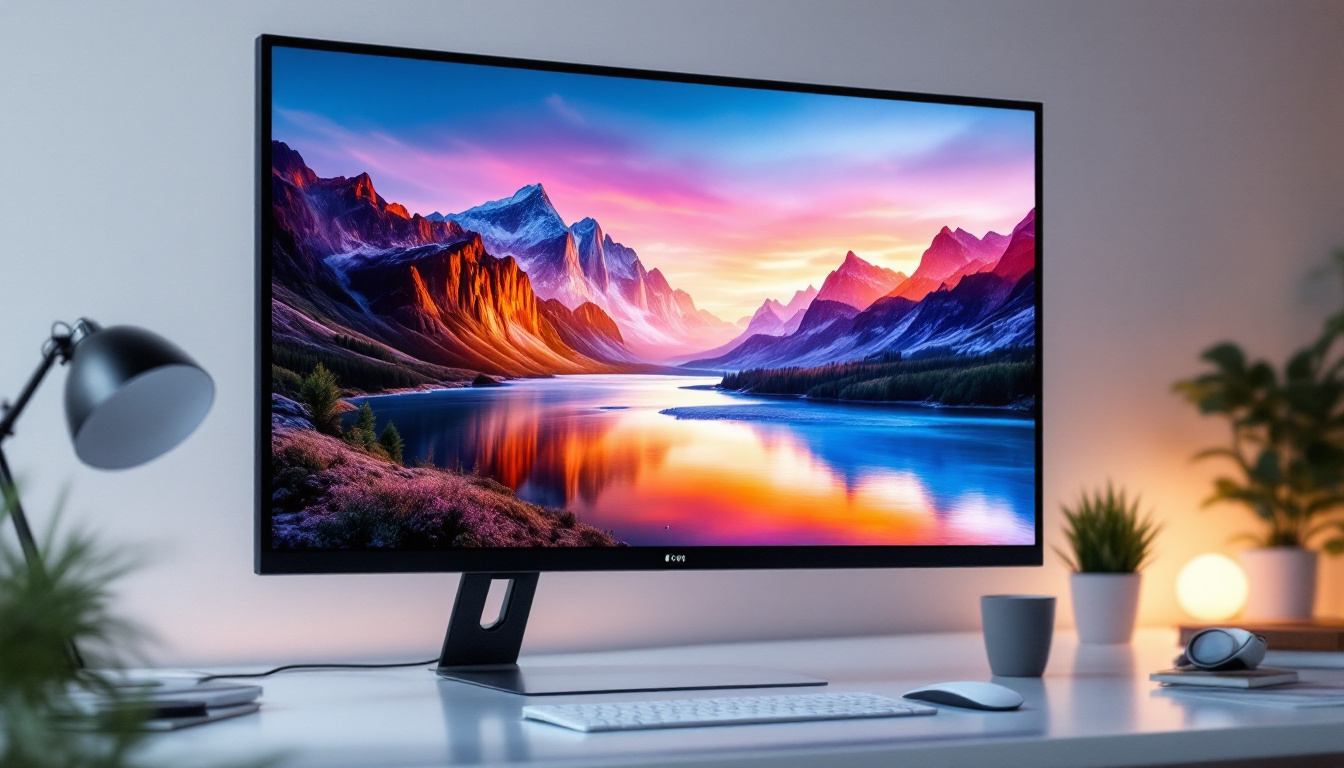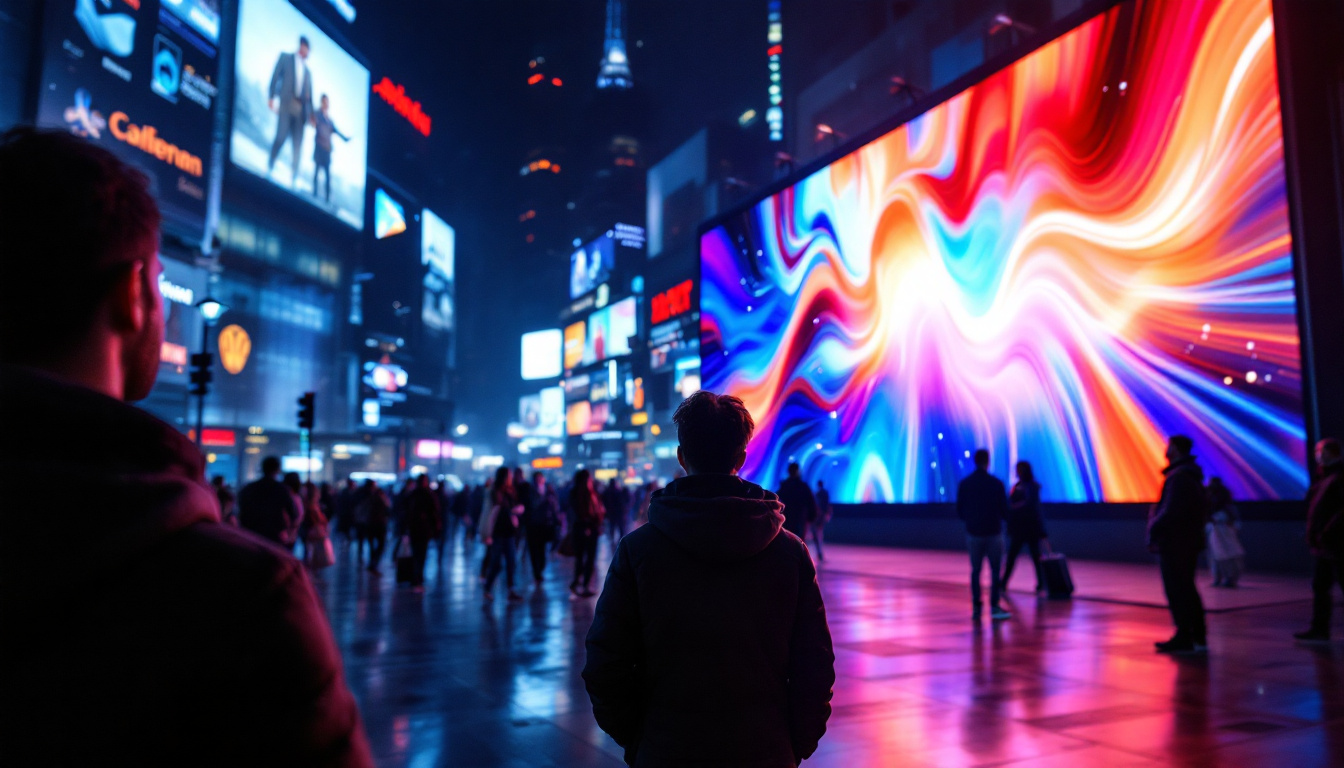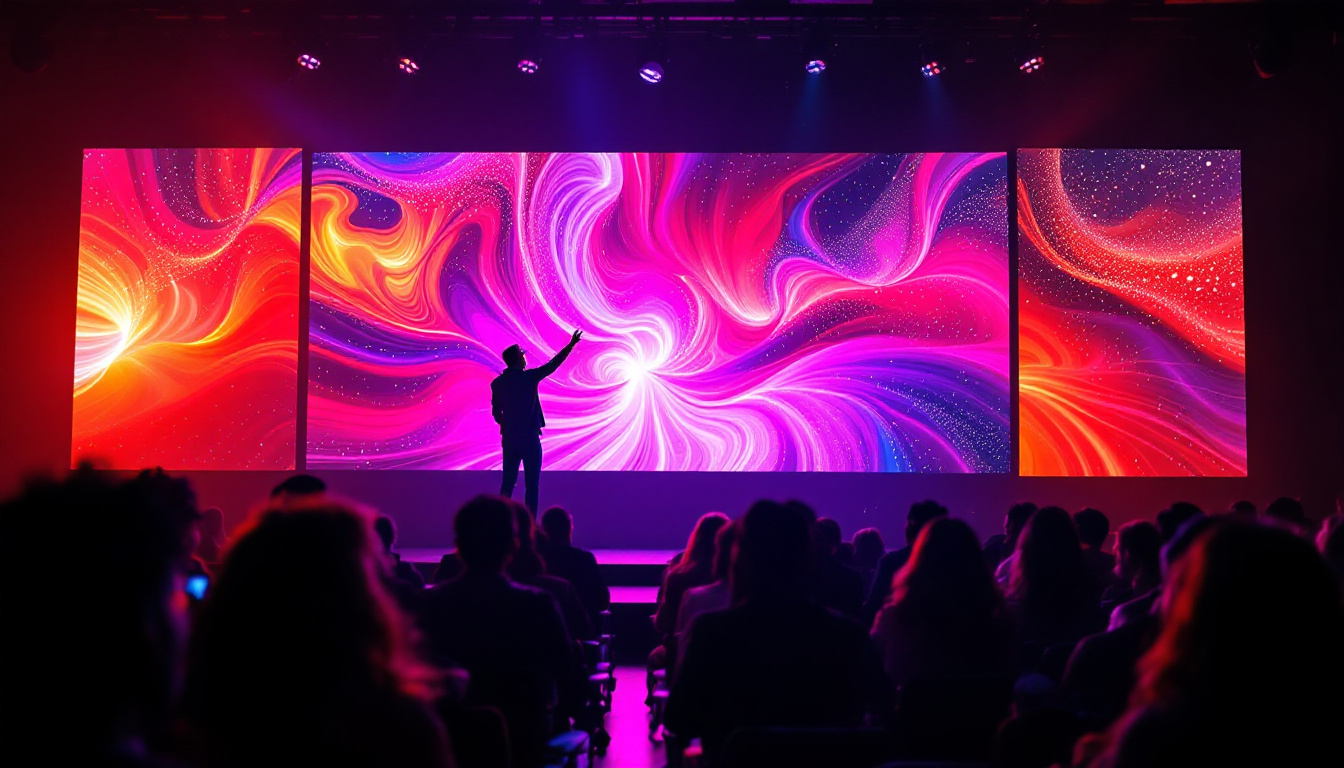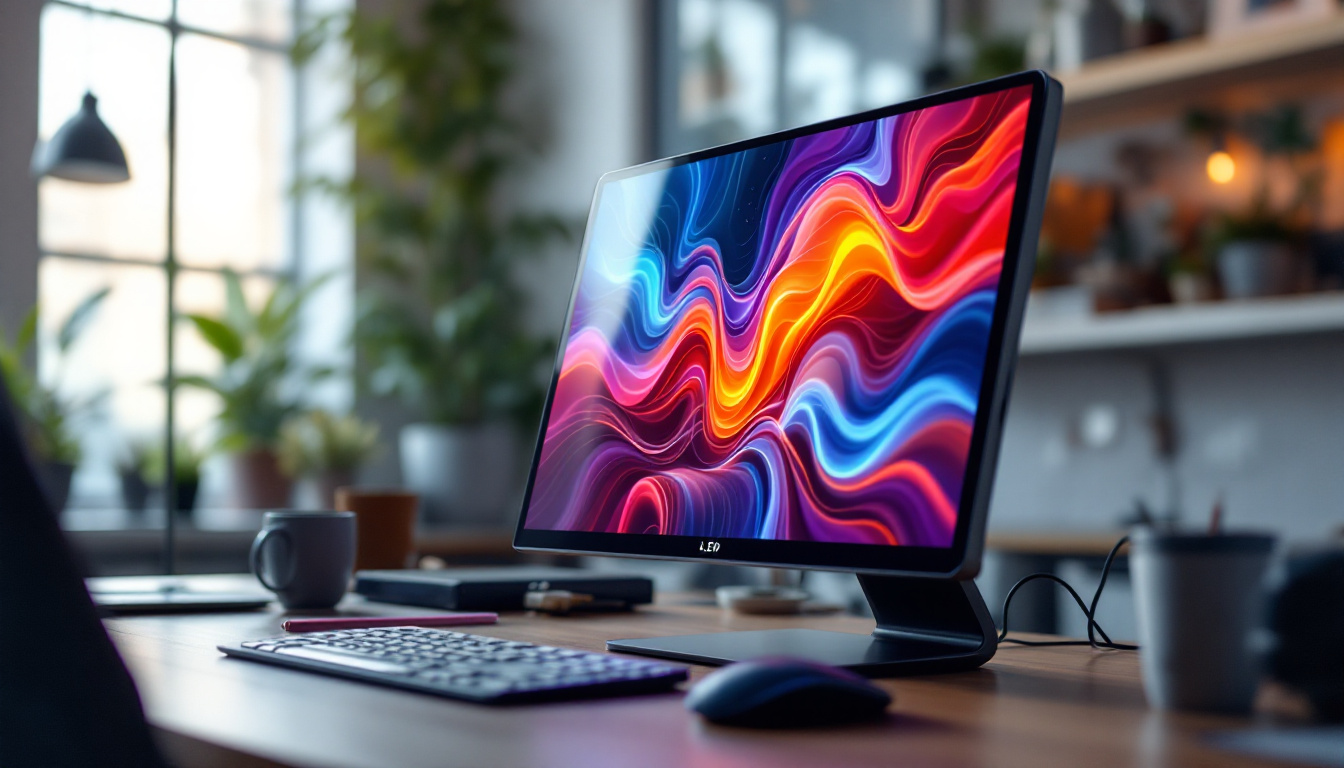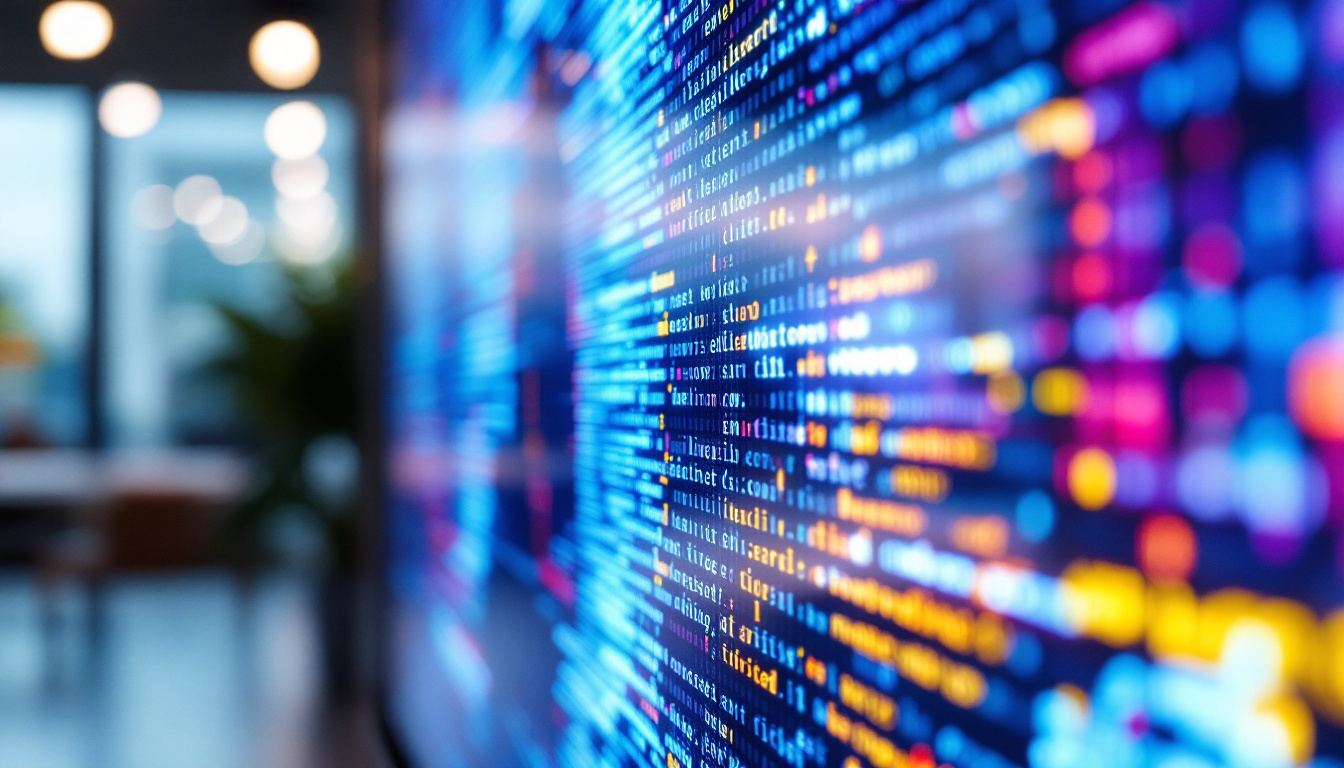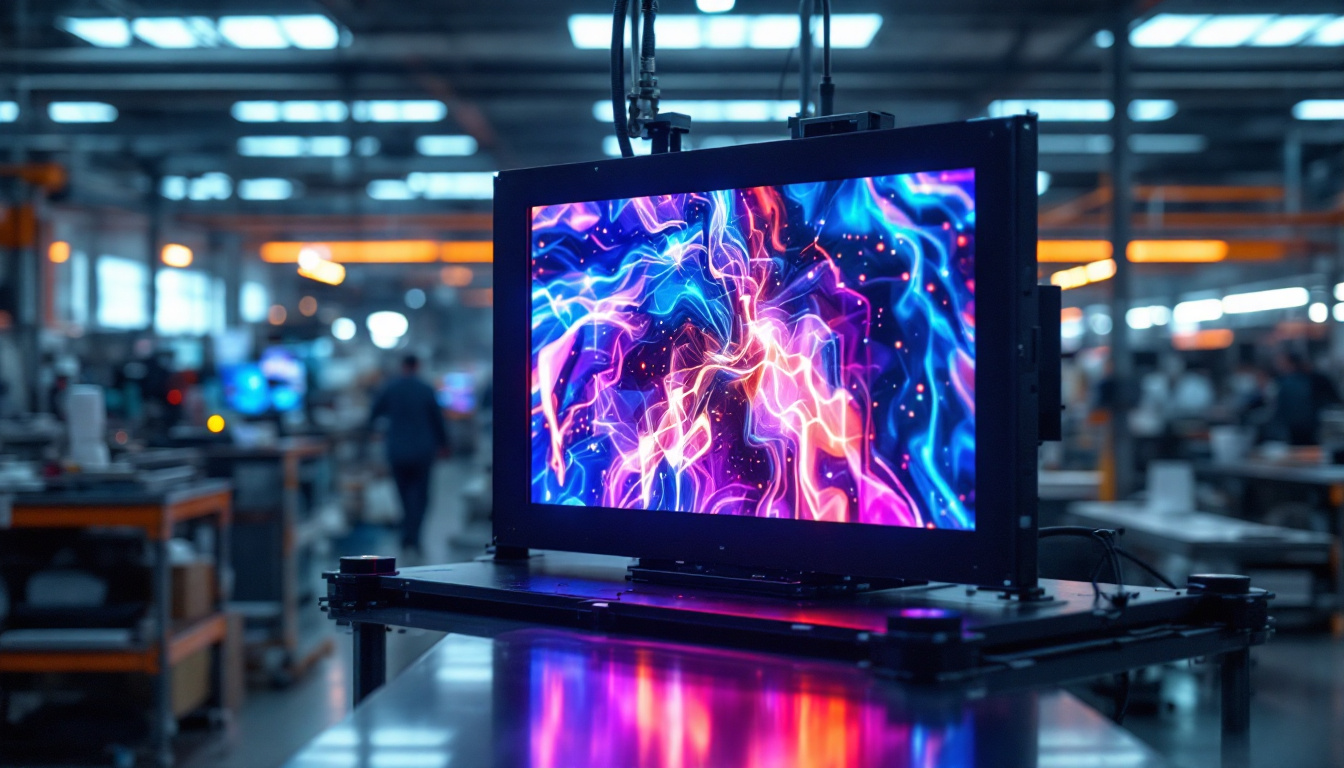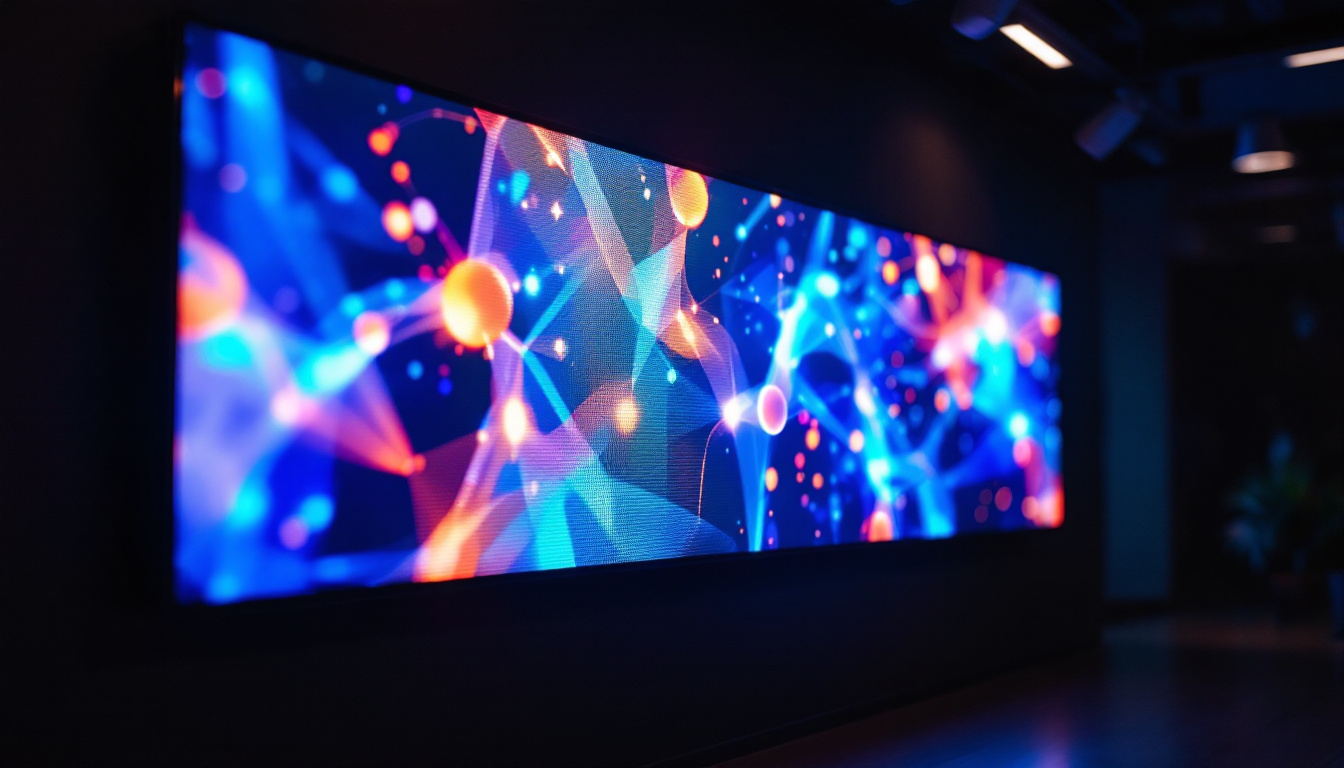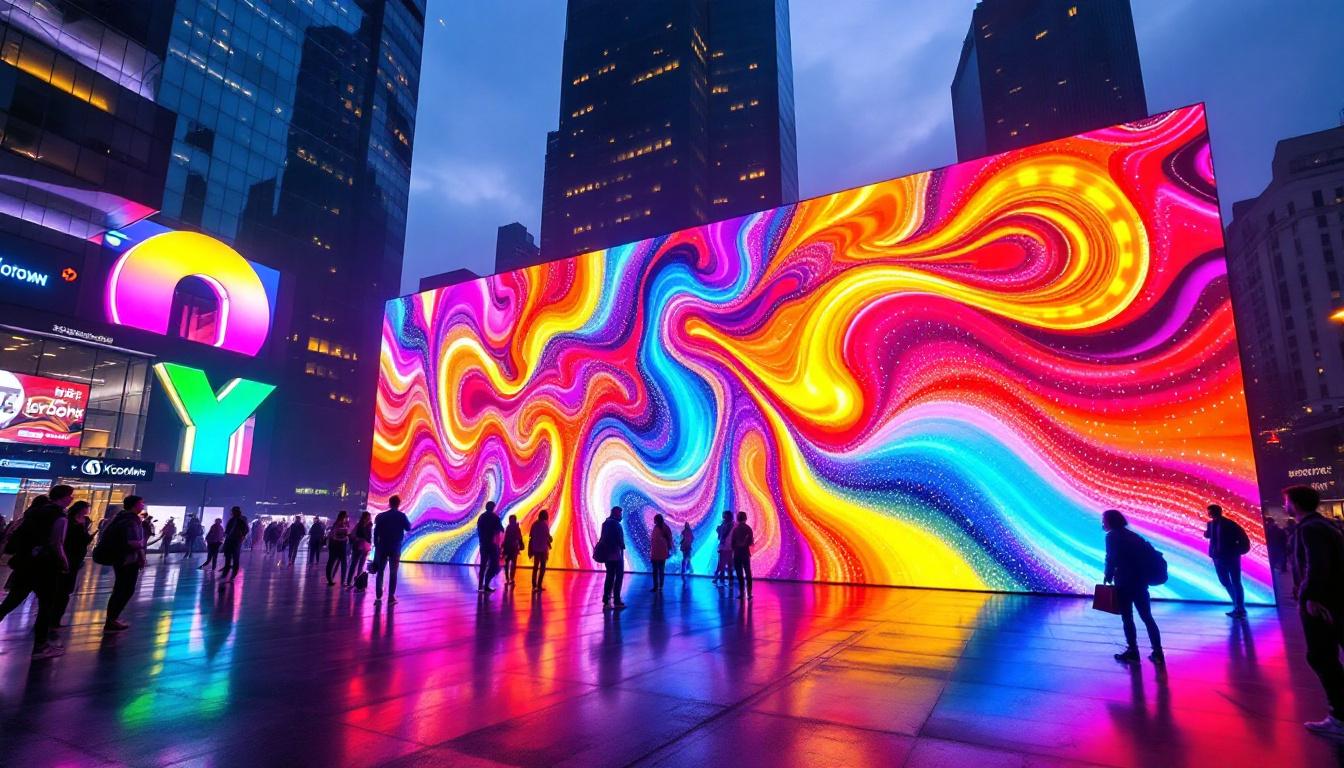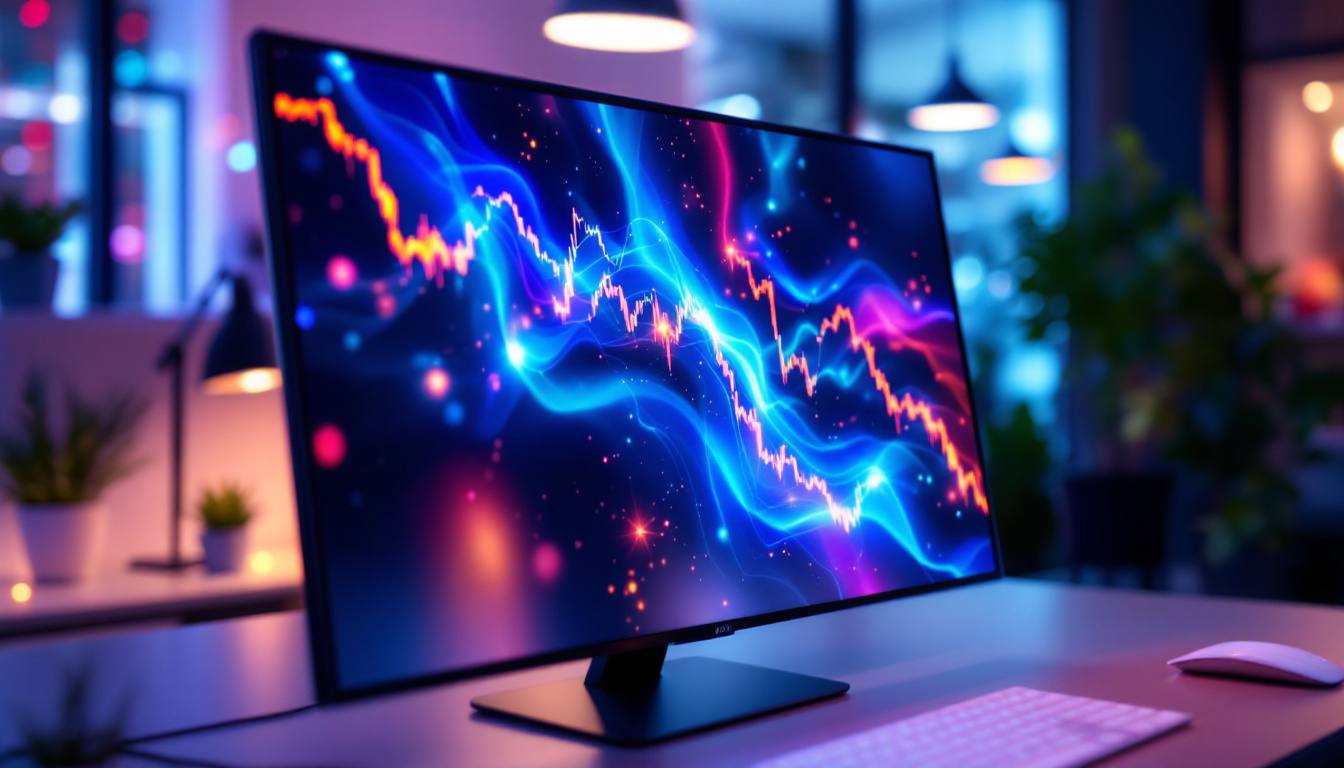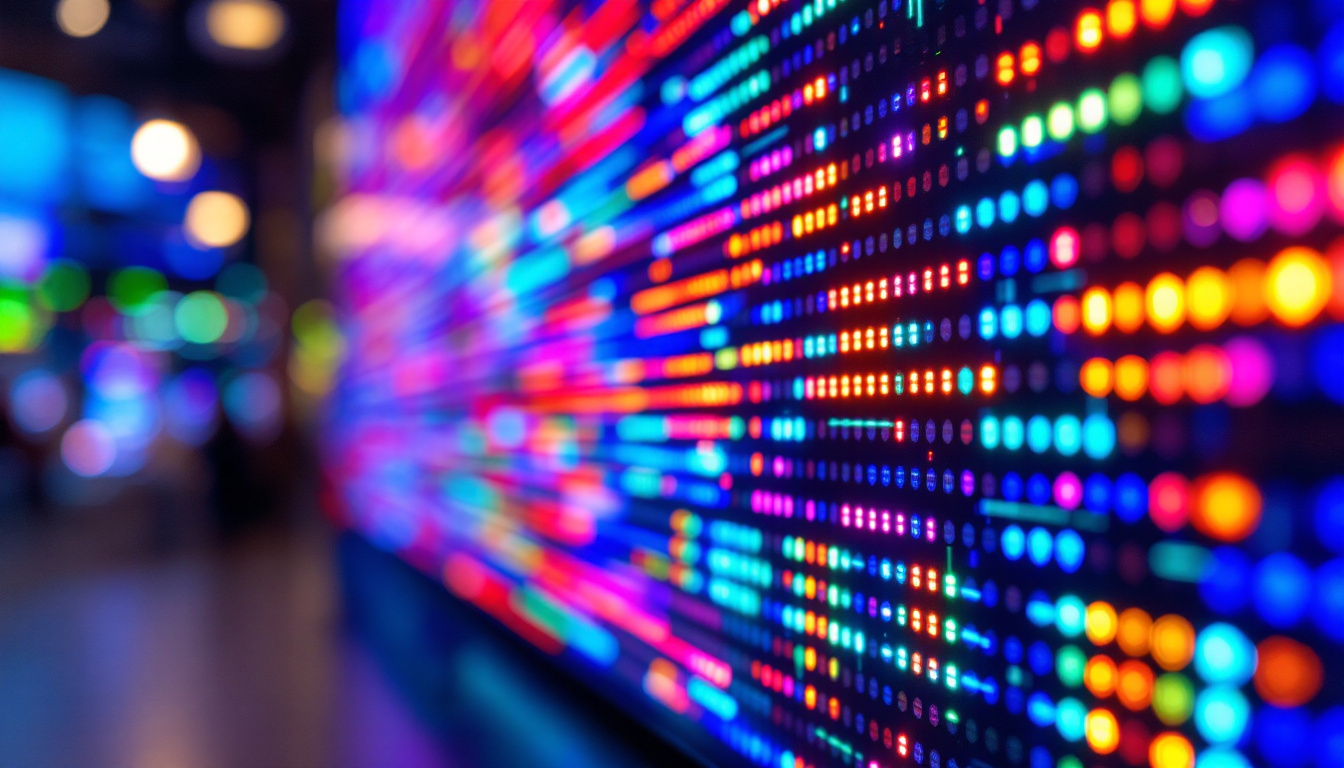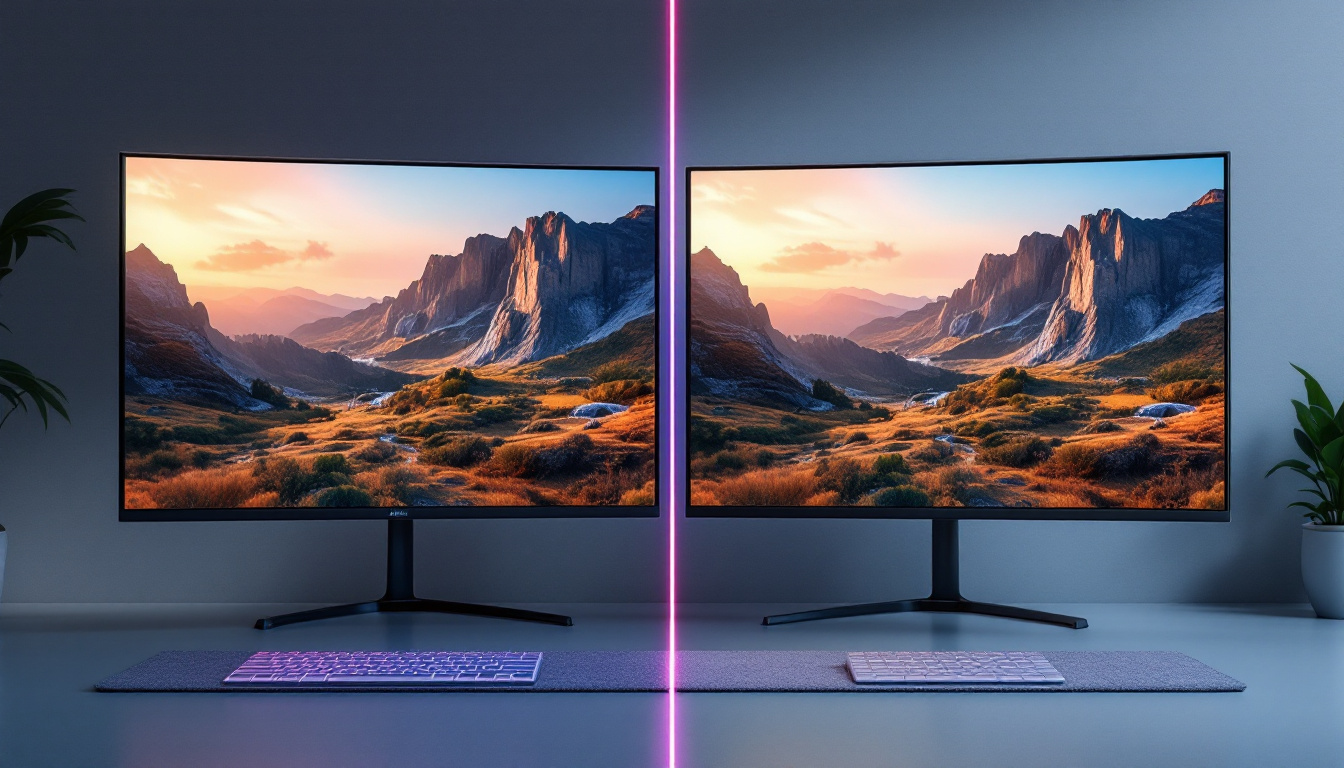When it comes to understanding weight conversions, the metric system can often seem daunting. For those accustomed to pounds, converting to kilograms may require a bit of calculation. This article will explore the conversion of 6.4 pounds to kilograms, while also delving into the fascinating world of LED displays, which have become integral in modern technology.
Understanding Weight Conversion
Weight conversion is a common necessity in various fields, from cooking to science, and even in international travel. The conversion factor between pounds and kilograms is essential for anyone needing to switch between these two units of measurement. In a globalized world, where recipes, scientific research, and travel itineraries often utilize different systems of measurement, mastering weight conversion can significantly enhance communication and understanding.
The Conversion Formula
The formula for converting pounds to kilograms is straightforward: multiply the number of pounds by 0.453592. Therefore, to convert 6.4 pounds into kilograms, the calculation would be:
6.4 lb * 0.453592 = 2.898 kgThis means that 6.4 pounds is approximately 2.898 kilograms. Understanding this conversion is crucial for various applications, especially in regions where the metric system is the standard. For those who frequently travel or work internationally, having a reliable grasp of these conversions can save time and prevent costly mistakes, such as miscalculating luggage weight limits or misinterpreting ingredient quantities in recipes.
Practical Applications of Weight Conversion
Weight conversion is not just an academic exercise; it has real-world applications. For instance, in cooking, recipes may be provided in either pounds or kilograms, and knowing how to convert between them can ensure that dishes are prepared accurately. Similarly, in sports, athletes often need to monitor their weight in both systems for competition purposes. Different sports organizations may have specific weight categories that are defined in kilograms, so athletes must be adept at converting their weight to ensure compliance with regulations.
Moreover, in logistics and shipping, understanding weight conversions can influence shipping costs and regulations. Many countries implement weight limits that are expressed in kilograms, making it essential for businesses to convert weights accurately. This is especially important in the e-commerce sector, where shipping fees can vary significantly based on weight. Additionally, in healthcare, medical professionals often need to convert patient weights for medication dosages, as many pharmaceuticals are dosed based on body weight in kilograms. Accurate weight conversion can be critical in ensuring patient safety and effective treatment.
In the realm of fitness and health, weight conversion plays a vital role as well. Personal trainers and nutritionists often work with clients who may be more familiar with one measurement system over the other. By providing clear conversions and understanding the implications of weight in both pounds and kilograms, professionals can better tailor their advice and programs to meet the needs of their clients. This attention to detail can help foster a more supportive environment for individuals striving to achieve their health and fitness goals.
The Rise of LED Displays
LED displays have revolutionized the way information is presented, from advertising billboards to electronic devices. Their bright, vibrant colors and energy efficiency make them a popular choice in various applications.
What is an LED Display?
An LED (Light Emitting Diode) display is a type of screen that uses LEDs as its light source. Unlike traditional LCD screens, which rely on backlighting, LED displays emit light directly, resulting in brighter images and deeper blacks. This technology is widely used in televisions, computer monitors, and signage.
LED displays can be categorized into two main types: direct-view and backlit. Direct-view displays consist of individual LED pixels that create the image, while backlit displays use LEDs to illuminate an LCD panel. Each type has its advantages and is suited for different applications. For instance, direct-view displays are often employed in large outdoor screens where visibility from a distance is crucial, while backlit displays are more common in devices like smartphones and tablets, where form factor and thinness are prioritized.
Advantages of LED Displays
One of the primary advantages of LED displays is their energy efficiency. They consume less power than traditional displays, making them environmentally friendly and cost-effective over time. Additionally, LED displays have a longer lifespan, often lasting tens of thousands of hours before requiring replacement. This longevity not only reduces waste but also minimizes maintenance costs for businesses that rely on digital signage.
Another significant benefit is their ability to produce high-quality images. LED technology allows for a wider color gamut and better contrast ratios, resulting in more vivid and lifelike visuals. This quality has made LED displays the preferred choice for everything from home entertainment systems to professional-grade monitors. Furthermore, advancements in LED technology, such as the development of microLEDs, promise even greater resolution and flexibility, paving the way for innovative applications like flexible displays that can be bent or shaped to fit unique environments.
Moreover, the rapid evolution of LED technology has led to a decrease in production costs, making high-quality displays more accessible to consumers and businesses alike. This democratization of technology means that small businesses can now invest in eye-catching digital signage that was once only affordable for large corporations. As a result, LED displays are not just transforming advertising; they are also enhancing the overall consumer experience in retail environments, where dynamic content can engage customers and drive sales.
Applications of LED Displays
The versatility of LED displays has led to their adoption in a wide range of applications. From advertising to entertainment, these displays have transformed how information is conveyed and consumed.
Advertising and Marketing
In the advertising industry, LED displays have become a staple for outdoor and indoor signage. Their brightness and clarity make them highly effective for capturing attention, even in well-lit environments. Digital billboards and storefront displays can easily be updated with new content, allowing businesses to promote sales or events in real-time.
Moreover, LED displays can be programmed to show dynamic content, such as animations or videos, further enhancing their appeal. This capability allows brands to engage customers more effectively, leading to increased foot traffic and sales. The use of LED displays in advertising has also paved the way for innovative marketing strategies, such as geotargeting, where content can be tailored based on the audience’s location and demographics. This level of personalization ensures that advertisements resonate with viewers, making them more likely to take action.
Entertainment and Events
LED displays are also widely used in the entertainment sector. Concerts, sporting events, and festivals often feature large LED screens to enhance the audience’s experience. These displays can show live feeds, graphics, and interactive content, creating an immersive environment.
In addition to large-scale events, LED technology has made its way into home entertainment systems. Many modern televisions utilize LED technology to provide stunning visuals, making movies and games more enjoyable. Furthermore, the rise of LED walls in venues has revolutionized stage design, allowing for creative backdrops that can change dynamically during performances. This adaptability not only captivates audiences but also provides artists and event organizers with a powerful tool to tell stories and convey emotions through visual media. The integration of LED displays in both public and private settings continues to push the boundaries of creativity, making every viewing experience unique and memorable.
Future Trends in LED Display Technology
As technology continues to evolve, so too does the world of LED displays. Innovations are constantly emerging, pushing the boundaries of what these displays can achieve. The rapid pace of development in this field is not only transforming how we consume content but also how we interact with our environments, paving the way for smarter, more responsive spaces.
Advancements in Display Resolution
One of the most significant trends in LED display technology is the push for higher resolutions. With the advent of 4K and even 8K displays, consumers are demanding sharper and more detailed images. This trend is not only limited to televisions but also extends to commercial displays and signage. As manufacturers strive to meet these demands, we are witnessing a surge in the availability of high-resolution content, from streaming services to gaming platforms, further fueling consumer interest.
Higher resolutions allow for more intricate designs and clearer visuals, making them ideal for applications where detail is crucial, such as medical imaging or architectural visualization. Beyond mere aesthetics, these advancements also enhance user experiences in fields like virtual reality and augmented reality, where precision and clarity are paramount. As industries adopt these high-resolution displays, we can expect to see a significant impact on fields such as education, where immersive learning experiences can be created, and in retail, where products can be showcased in stunning detail.
Flexible and Transparent Displays
Another exciting development is the emergence of flexible and transparent LED displays. These innovations open up new possibilities for design and application. Flexible displays can be bent or shaped to fit unconventional spaces, while transparent displays can be integrated into windows or walls, providing information without obstructing views. This adaptability not only enhances the aesthetic appeal of environments but also allows for creative marketing strategies, as businesses can utilize their physical spaces in innovative ways.
These advancements could lead to a future where displays are seamlessly integrated into everyday objects, enhancing functionality without compromising aesthetics. Imagine a storefront where the entire window serves as a dynamic advertisement, or a car dashboard that adapts its display based on the driver’s needs. Furthermore, the integration of smart technology with these displays could enable real-time data visualization, making them invaluable in sectors like transportation, where information needs to be conveyed quickly and efficiently. As these technologies continue to develop, the potential applications seem limitless, inviting a new era of interaction between people and their environments.
Conclusion
Understanding the conversion from 6.4 pounds to kilograms is just one small piece of a larger puzzle that includes the fascinating world of LED displays. The ability to convert weights accurately is essential in many fields, while the advancements in LED technology continue to reshape how information is presented and consumed.
From their energy efficiency and vibrant visuals to their applications in advertising and entertainment, LED displays represent a significant leap forward in display technology. As innovations continue to emerge, the future of LED displays promises to be as bright as the images they project.
Explore Cutting-Edge LED Display Solutions
As you consider the precision required in weight conversions and the impact of LED technology advancements, take the next step with LumenMatrix. Our commitment to innovation in LED display modules is unmatched, offering a diverse range of solutions from Indoor and Outdoor LED Wall Displays to dynamic Vehicle and Sports LED Displays. Whether you’re looking to enhance brand visibility or create an immersive visual experience, LumenMatrix has the state-of-the-art technology to revolutionize your visual communication. Check out LumenMatrix LED Display Solutions today and see how we can help you captivate your audience and deliver your message with unparalleled clarity and impact.

